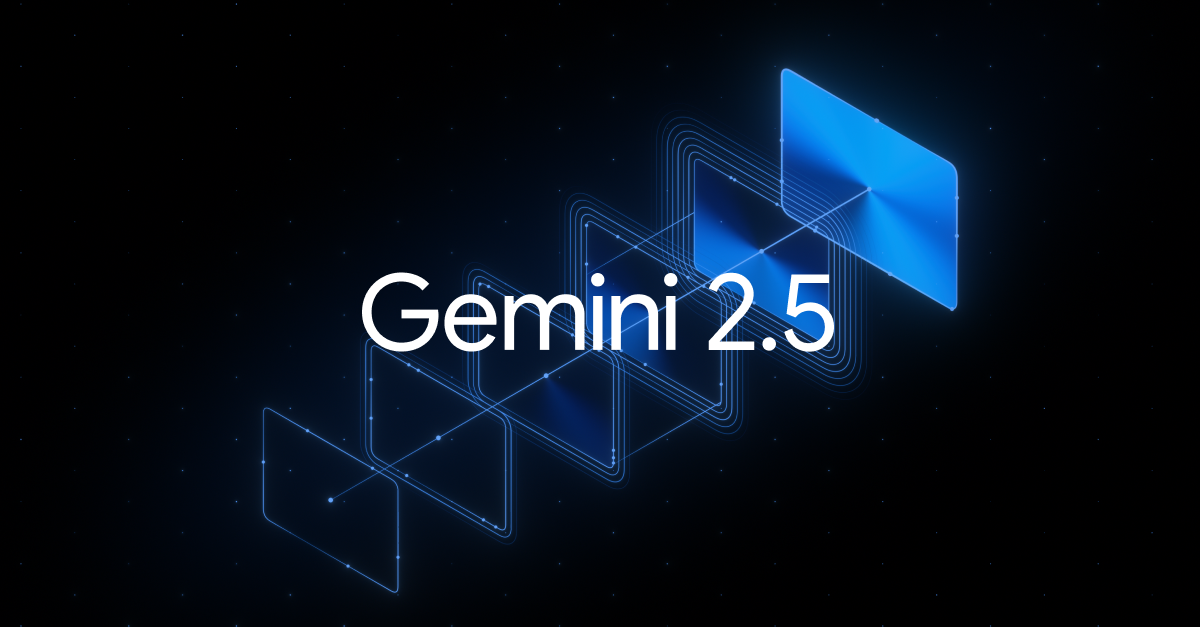Huawei P30 Pro vs. Samsung Galaxy S10+: Which should you buy?
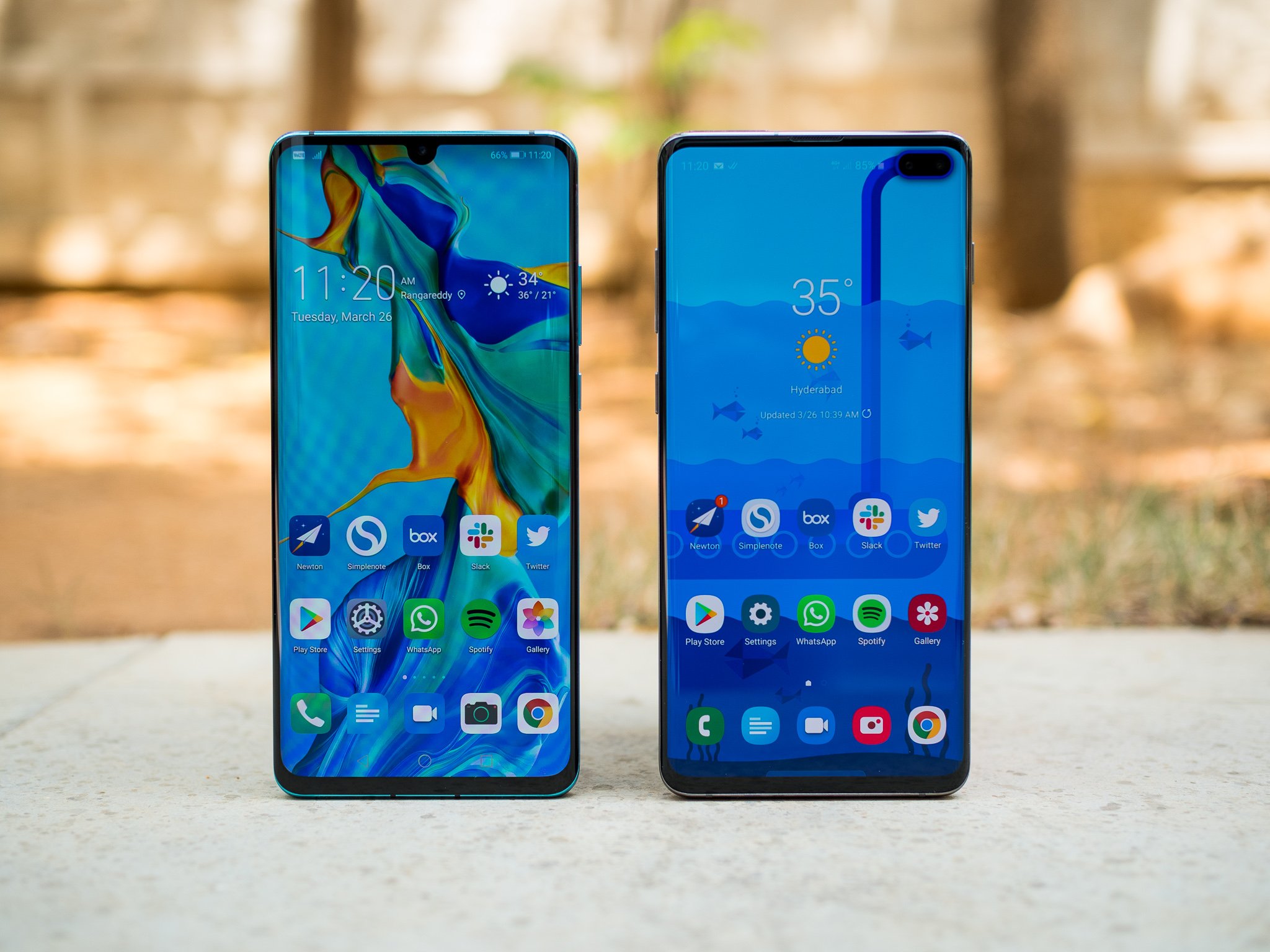
Huawei P30 Pro

The P30 Pro makes a compelling case for the best camera phone of 2019. With an all-new 40MP camera that takes stunning photos in daylight and low-light conditions and a zoom lens that goes all the way up to 10x without any loss in quality, the P30 Pro is a photography tour de force. The P30 Pro also has a vibrant display backed by top-notch performance and two-day battery life with 40W fast charging.
Huawei P30 Pro
Photography champion
Samsung Galaxy S10+
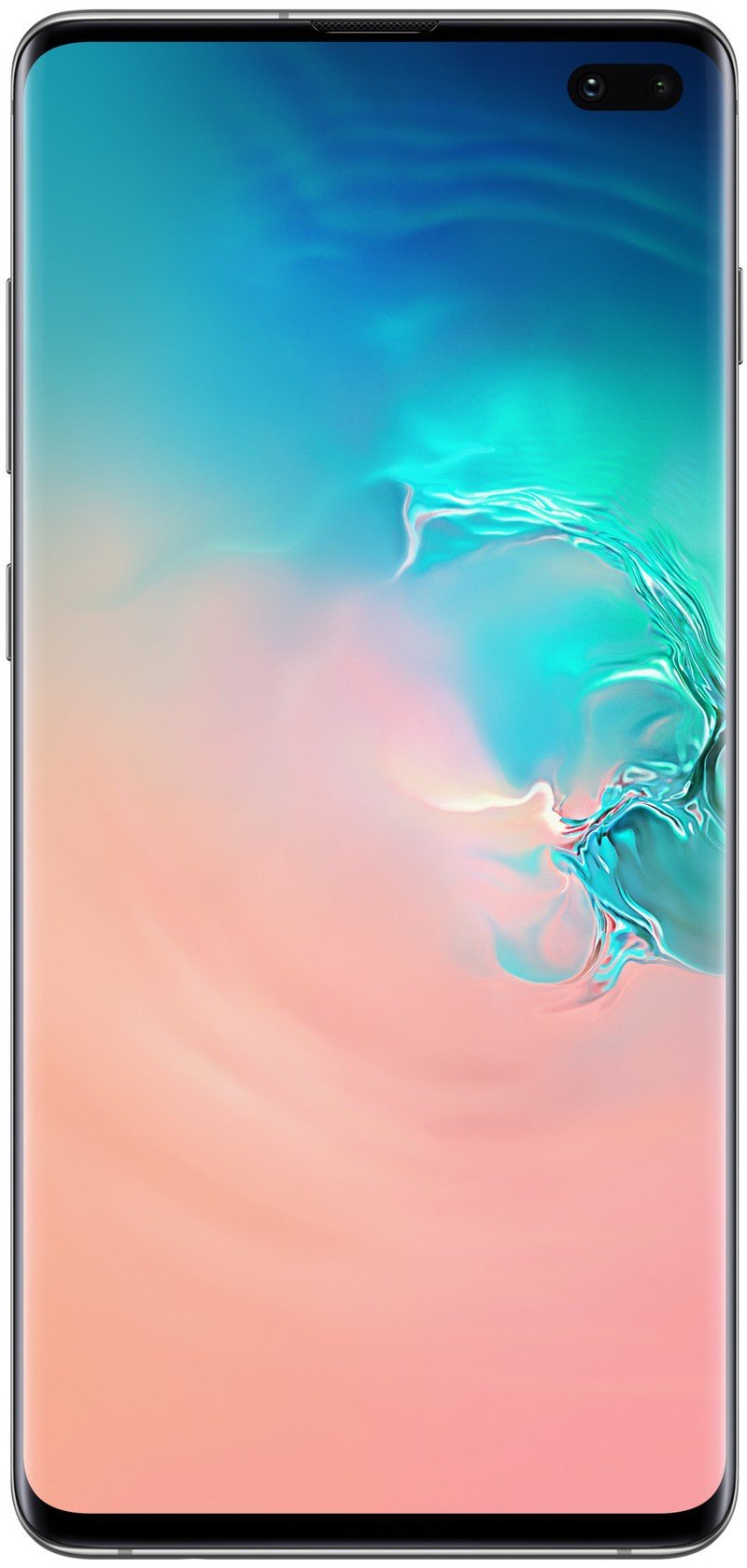
The Galaxy S10+ will be the default choice for many purely based on availability. Samsung has once again done a fantastic job with the design, with the Infinity-O cutout at the front minimizing bezels significantly. The performance is right up there with the best that Android has to offer, but what sets the S10+ apart is the Dynamic AMOLED display. It is without a doubt the best screen you'll find on any phone today.
Samsung Galaxy S10+
Mainstream choice
The Galaxy S10+ made its debut just a month ago, but it's already in danger of being upstaged. Huawei has steadily been raising its flagship game over the last 18 months, and the P30 Pro is its strongest showing yet. So does Huawei have what it takes to win against the best Android phone in the market today? Let's find out.
P30 Pro and Galaxy S10+ are two of the most feature-rich phones today
Both Huawei and Samsung have done a fantastic job with the design of their flagships. The P30 Pro retains the gradient pattern from last year, with new color options added to the mix. The Aurora option I'm using switches between various hues of blue, and it looks striking. Up front there's a tiny waterdrop cutout for the camera, and the earpiece is now built into the display, much like what Vivo and LG are doing.
Samsung, meanwhile, has set the standard for industrial design over the years, and the Infinity-O cutout on the S10+ is a novel way of eliminating bezels. The design at the back hasn't changed all too much in recent generations, but the new colors on offer with the S10+ give it an added elegance.
The P30 Pro is able to keep up with the Galaxy S10+ on features — that's no small feat.
The P30 Pro has a 6.47-inch OLED display with curved edges, and while the panel is vibrant, it loses out to the Galaxy S10+. Samsung has been making the best panels in the business for several years now, and the Galaxy S10+ offers the best display you'll find on any phone today.
The Dynamic AMOLED panel is gorgeous, with excellent contrast levels and saturated colors. It's so good that making the switch from the S10+ to the P30 Pro made my initially feel that the P30 Pro's screen is lackluster.
Be an expert in 5 minutes
Get the latest news from Android Central, your trusted companion in the world of Android
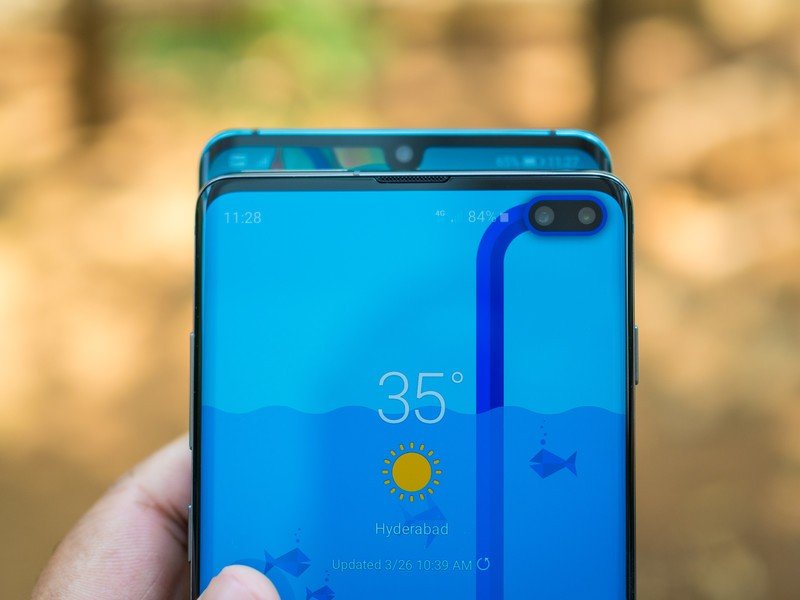
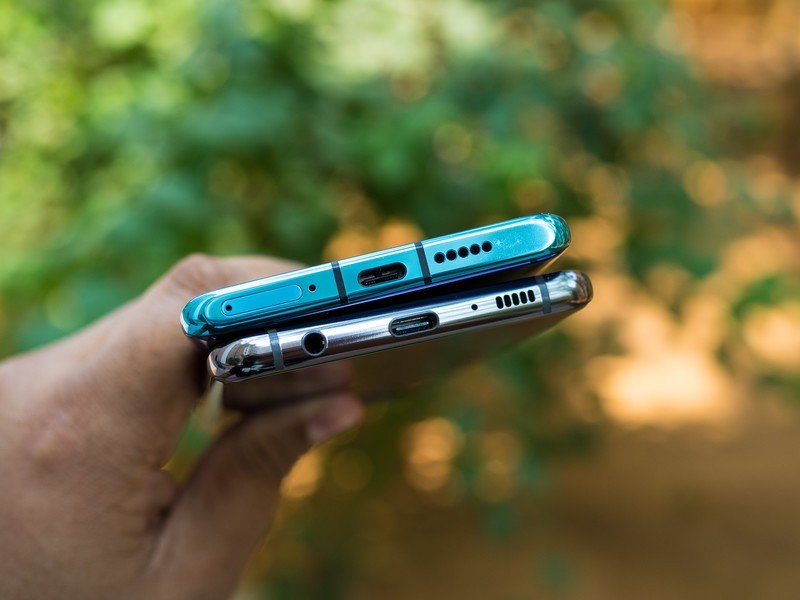
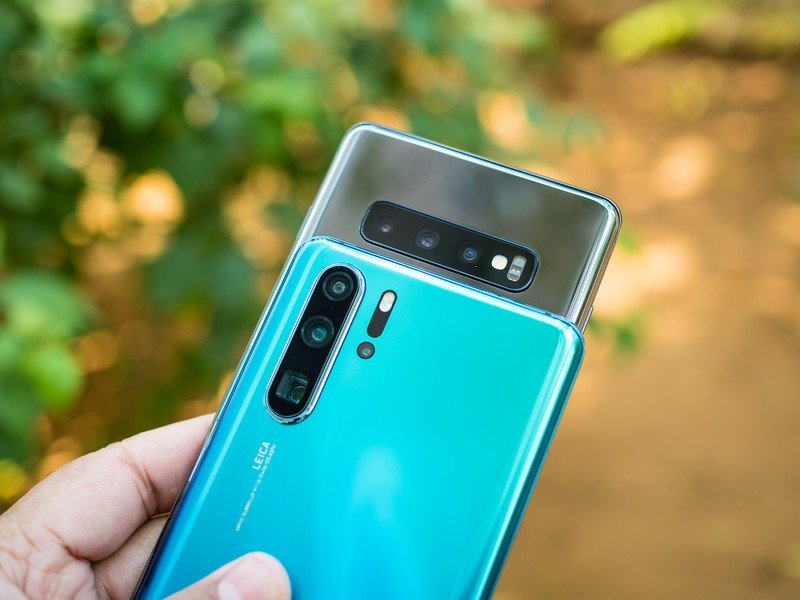
As for other features, both phones offer wireless charging as well as reverse wireless charging. Huawei was the one to kickstart the reverse wireless charging trend last year, and Samsung followed suit with the S10+. Both also have large batteries, with the P30 Pro featuring a 4200mAh unit and the S10+ a 4100mAh battery.
Although battery capacity is nearly the same on both devices, the P30 Pro offers much better battery life thanks to a lower-res FHD+ panel and EMUI's aggressive memory management. And when you do need to top up, Huawei's 40W charger is considerably faster than the 15W solution Samsung offers on the S10+.
Both phones also have IP68 dust and water resistance, and the S10+ also retains the 3.5mm jack, one of very few flagships to still do so. And while both manufacturers offered secure facial recognition systems on their previous flagships that is no longer the case. Samsung got rid of iris scanning for a standard face unlock system on the S10+, and Huawei similarly has software-driven face unlock on the P30 Pro.
Neither is as secure as a fingerprint sensor, and to their credit both Samsung and Huawei mention as much while setting up face unlock. As for fingerprint authentication, the S10+ is using ultrasonic tech while Huawei is sticking to an optical sensor. Huawei claims it is using a newer sensor that's faster than the one on the Mate 20 Pro, but I haven't noticed any major difference. The S10+ is marginally faster at authentication, but that isn't saying much as neither phone is as fast as a traditional capacitive sensor.
Two phones, ten cameras
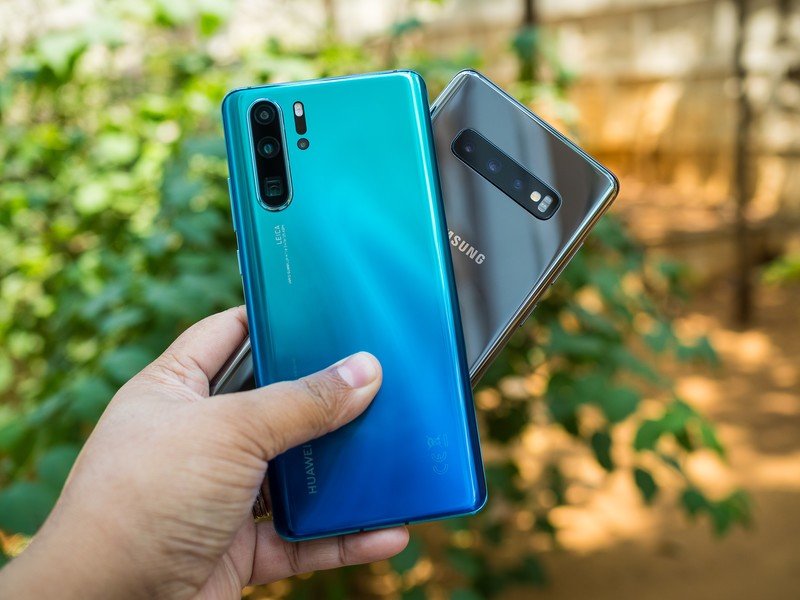
Both the P30 Pro and Galaxy S10+ have five cameras each — Huawei is going with four cameras at the rear with a single front shooter, while Samsung offers three at the back and two up front. Both phones have wide-angle and zoom lenses at the back, with Huawei also offering a time-of-flight module underneath the flash for better depth-of-field in portrait shots.
And then there's the P30 Pro's party piece. The phone has a zoom lens that goes all the way up to 10x without any noticeable loss in quality. This level of zoom on a phone is incredulous, and Huawei has managed to do an outstanding job integrating the lens in such a narrow frame.
No matter which phone you pick up, you'll get incredible images.
Up front, there's a 32MP camera on the P30 Pro and a 10MP + 8MP configuration on the S10+, with the secondary sensor doubling as a wide-angle lens.
I'm still getting started with the camera on the P30 Pro, but what's immediately evident after just a day's worth of use is that Huawei is onto a winner here. That said, it's going up against the Galaxy S10+, which is one of the best in phones around for taking photos.
The P30 Pro takes gorgeous photos in daylight scenarios, and the f/1.6 lens does a great job even in low-light conditions. Huawei's AI has gotten much better over the last 12 months, and while it was guilty of oversaturating colors last year on the P20 Pro, that isn't the case anymore. That said, there are a few instances where shots came out overexposed.


P30 Pro to the left, Galaxy S10+ to the right


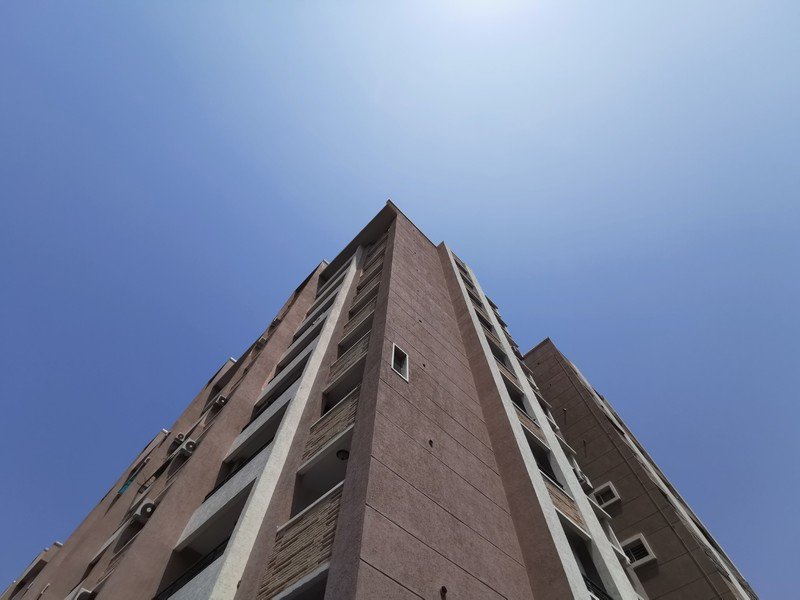
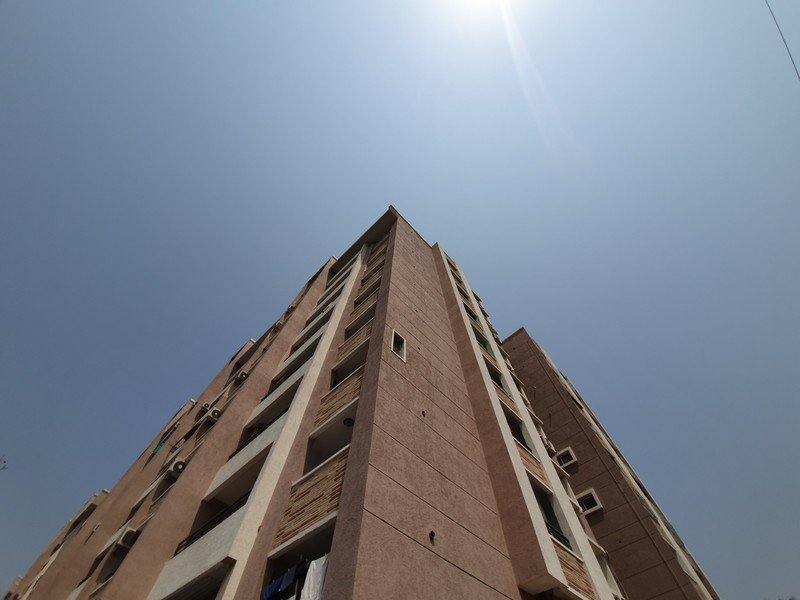


Huawei's 5x and hybrid 10x zoom don't have a parallel yet, but I'm including the photos next to the S10+'s 2x zoom lens just to give you a sense of what the P30 Pro is capable of.



Galaxy S10+ (2x zoom), P30 Pro (5x zoom), P30 Pro (10x zoom)
It's incredible the level of detail you get with the P30 Pro at 10x, and it's even more astonishing considering these were handheld shots. Overall though, it's easy to see that the S10+ delivers better colors and more dynamic range, and while some images tend to come out oversaturated, they look great.
The latest specs
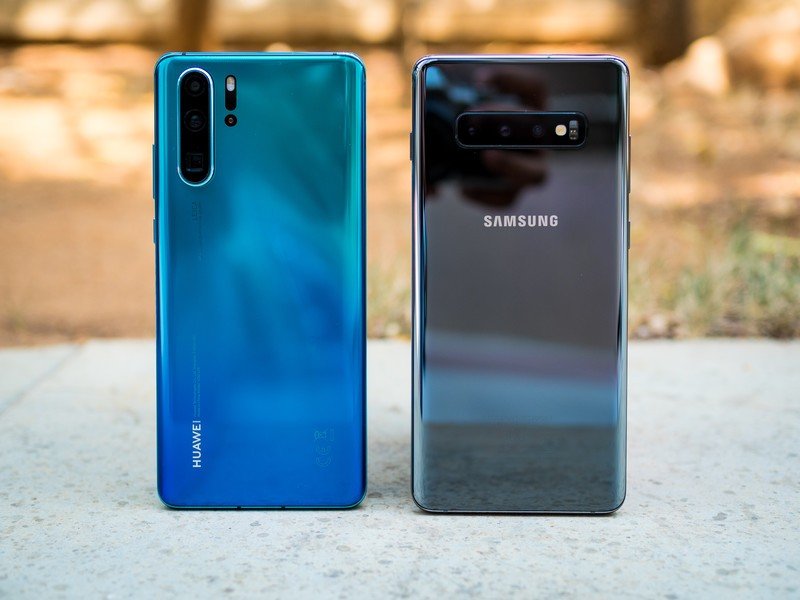
With even $500 phones sporting great hardware, the Galaxy S10+ and P30 Pro have to offer the absolute latest when it comes to the specs. Thankfully, they do.
| Category | Huawei P30 Pro | Samsung Galaxy S10+ |
|---|---|---|
| Operating system | Android 10EMUI | Android 10One UI |
| Display | 6.47-inch OLED2340x1080 (19.5:9)HDR10 | 6.4-inch Dynamic AMOLED3040x1440 (19.5:9)HDR10+Gorilla Glass 6 |
| Chipset | HiSilicon Kirin 9802 x 2.6GHz Cortex A762 x 1.92GHz Cortex A764 x 1.8GHz Cortex A55Mali-G76 MP107nm | Snapdragon 8551 x 2.84GHz Kryo 4853 x 2.41GHz Kryo 4854 x 1.78GHz Kryo 485Adreno 6407nm |
| RAM | 8GB | 8GB |
| Storage | 128GB/256GB/512GB | 128GB/512GB |
| MicroSD slot | Nano Memory (up to 256GB) | Yes (up to 512GB)Hybrid slot |
| Rear camera 1 | 40MP, f/1.6OISDual Pixel PDAF | 12 MP, f/1.5-2.41.4um, OISDual Pixel PDAF |
| Rear camera 2 | 20MP, f/2.2Wide-angle | 16 MP, f/2.2Wide-angle |
| Rear camera 3 | 8MP5x optical zoom10x digital zoom | 12MP2x optical zoom |
| Rear camera 4 | TOF 3D | None |
| Front camera 1 | 32MP, f/2.0HDR | 10MP, f/1.9HDR |
| Front camera 2 | None | 8MP, f/2.2Wide-angle |
| Connectivity | Wi-Fi ac, Bluetooth 5.0AptX HD, NFC, A-GPS | Wi-Fi ax, Bluetooth 5.0AptX, NFC, A-GPSFM radio |
| Audio | USB-CSingle speaker | 3.5mm jackStereo speakers |
| Battery | 4200mAhNon-removable | 4100mAhNon-removable |
| Charging | USB-C 1.040W | USB-C 3.115W |
| Water resistance | IP68 | IP68 |
| Security | In-display fingerprint (optical) | In-display fingerprint (ultrasound) |
Evenly matched software
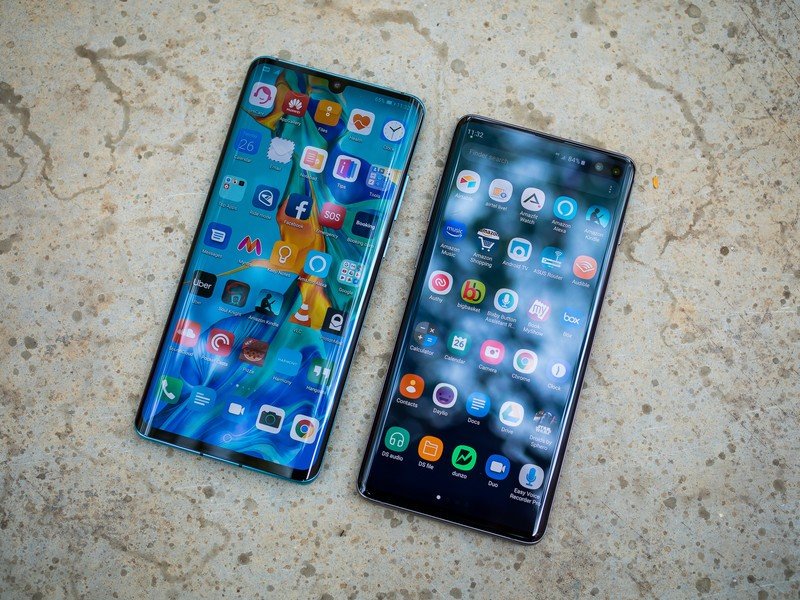
EMUI has come a long way in the last two years, with Huawei making significant changes in making the skin more palatable to a Western audience. Samsung also did a major refresh of its interface with One UI, offering a more modern interface with a predominantly white and blue color scheme just like Google.
EMUI and One UI offer plenty of customization — but they're not great at updates.
Both phones come with a dizzying array of customization options, allowing you to tailor the experience to your liking. The UI is fluid and lag-free on both devices, but that's to be expected considering the hardware on offer.
That said, there are a few minor quirks. EMUI still doesn't feel cohesive as there are leftover elements from older versions, and the battery management tends to break notifications even now. One UI also has its share of duplicative apps and features from the TouchWiz days.
Both the P30 Pro and Galaxy S10+ come with Android 10 out of the box, and if history is any indication, both will be slow to receive software updates. Huawei has done better in this area in the last 12 months, but don't hold out for monthly security patches.
It comes down to availability
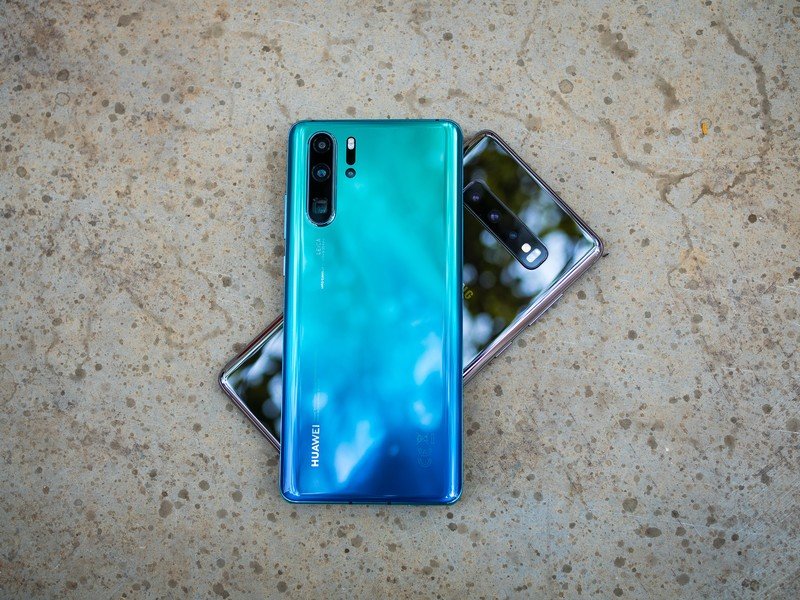
Huawei has shown in recent years that it can make a phone that can hold its own against the best that Samsung has to offer. The P30 Pro encapsulates that like no previous device, and is easily one of the best phones of the year. The camera in particular is outstanding, as is the two-day battery life and the rest of the hardware.
Huawei's continued troubles with the U.S. government effectively eliminates one of the world's largest markets for the P30 Pro, and although the Chinese manufacturer is able to sell 200 million phones a year even without the U.S. market, it's a shame the P30 Pro won't be available in the country.
For customers in the U.S., the Galaxy S10+ is the default choice. Samsung sells its flagship with every major carrier, and although the phone isn't quite as exciting as the P30 Pro, it is every bit a flagship. Whether it's worth a $1,000 is something you have to decide for yourself.

Solid all-rounder with 10x zoom
The P30 Pro is a great alternative to the Galaxy S10+, provided you can get your hands on it. The camera setup at the back is intriguing to say the least, and the fact that you can zoom in at 10x and get decent shots is an incredible achievement. The rest of the phone isn't all that bad either — the hardware is on par with the S10+, the battery lasts two days, and 40W charging is addictive.

Outstanding cameras with proven reliability
For years, the Galaxy S line has been the go-to series for those looking to get their hands on a reliable flagship loaded with features. That hasn't changed in 2019, with Samsung still providing one of the best phones in the business. The Galaxy S10+ may not have a flashy design or 40W fast charging, but it does the basics better than the P30 Pro and the camera continues to be outstanding.

Harish Jonnalagadda is Android Central's Senior Editor overseeing mobile coverage. In his current role, he leads the site's coverage of Chinese phone brands, networking products, and AV gear. He has been testing phones for over a decade, and has extensive experience in mobile hardware and the global semiconductor industry. Contact him on Twitter at @chunkynerd.
